Nghe An A wild elephant entered the gardens of some households in Nam Son commune, Quy Hop district, trampled on crops, then went inside the houses to look for food.
Mr. Luong Van Biet, Chairman of Nam Son Commune, Quy Hop District, said that in the early morning of June 11, the elephant entered a resident's garden, a few dozen meters from the edge of the forest. It knocked down a few wooden planks lining a family's house, ate a banana tree, and then left.
People shouted, beat drums and lit fires to chase the elephants back into the forest.
Wild elephants enter people's houses in Nam Son commune to look for food, early morning of June 11. Video: Hung Le
Quy Hop district authorities determined that this was a female elephant, living in the forest bordering Nam Son and Bac Son villages for decades. "Sometimes elephants come to residential areas to destroy crops and look for food, but they do not harm people. The authorities regularly warn people to be vigilant and find safe ways to chase away elephants when they see them," said the Chairman of Nam Son commune.
According to forest rangers, Nghe An has 14 to 16 wild elephants, ranking third in the country after Dak Lak and Dong Nai. Of which, the core and buffer zones of Pu Mat National Park (located in 3 districts of Con Cuong, Anh Son, Tuong Duong) have 3 herds, 11-13 elephants; Bac Son commune (Quy Hop) has one elephant and Quy Chau district has two elephants.
The main reason elephants come to the village to destroy crops is because their habitat is shrinking, primary forests are converted to production forests, there is a lack of corridors for movement, and there is a lack of food and salt. In addition, some elephants live alone, lacking mates, so they often become aggressive during the mating season. In 2016, a female elephant living alone in Con Cuong district used to keep a male buffalo of the people in the forest.
Source link


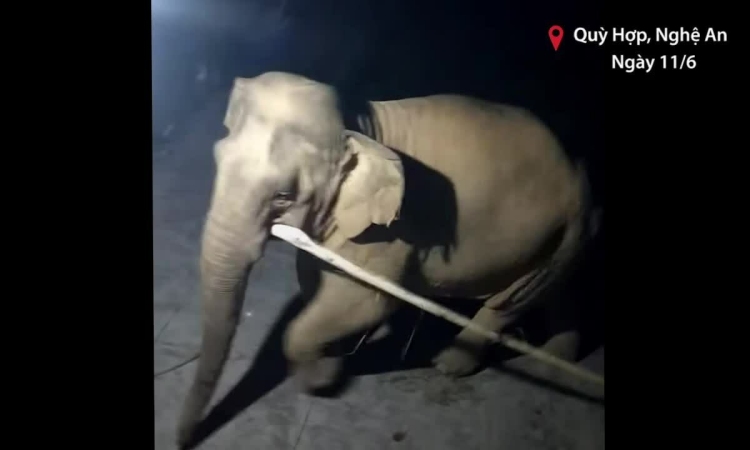


![[Photo] Bustling construction at key national traffic construction sites](https://vstatic.vietnam.vn/vietnam/resource/IMAGE/2025/5/2/a99d56a8d6774aeab19bfccd372dc3e9)


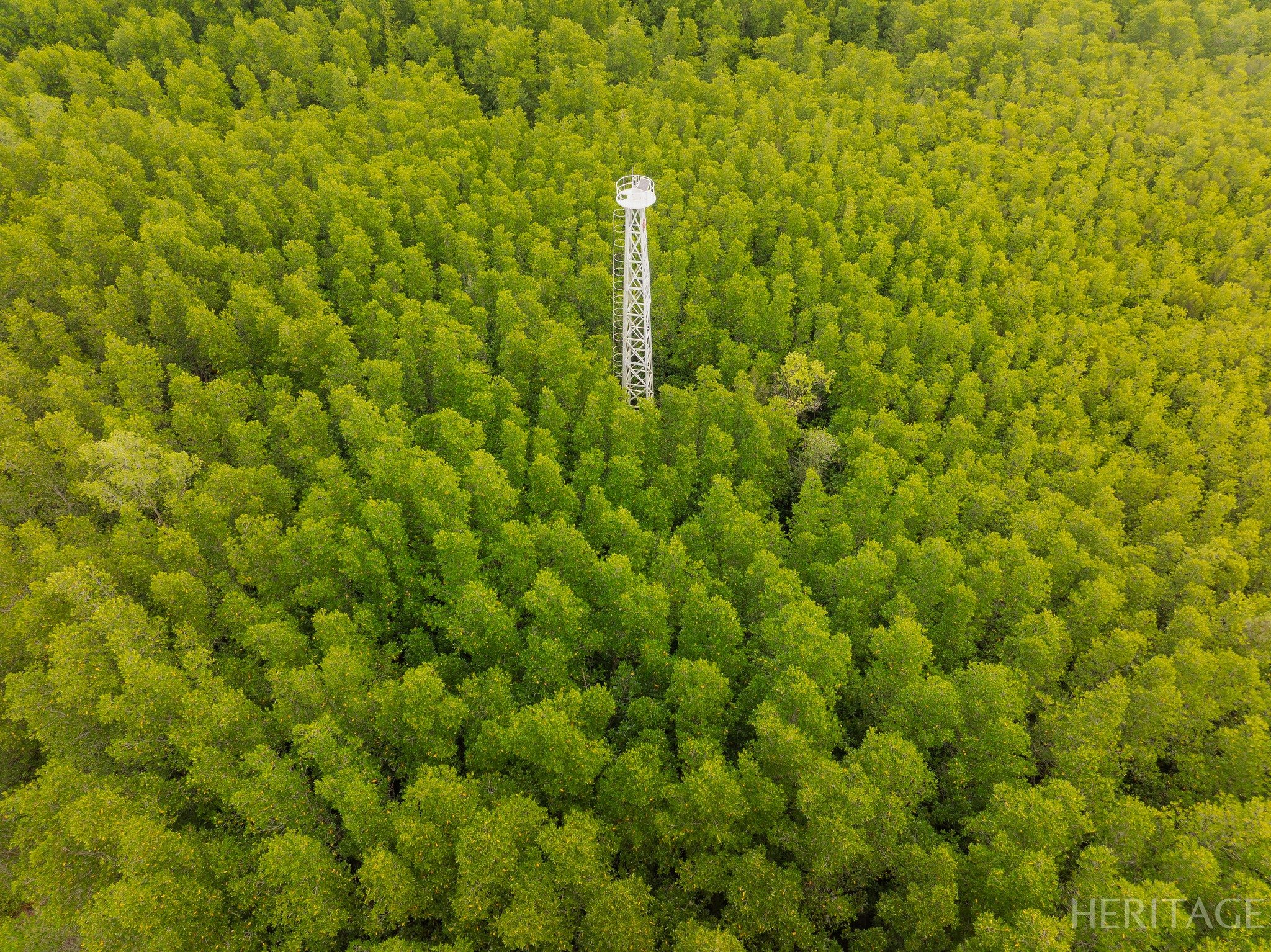
























![[Photo] Binh Thuan organizes many special festivals on the occasion of April 30 and May 1](https://vstatic.vietnam.vn/vietnam/resource/IMAGE/2025/5/1/5180af1d979642468ef6a3a9755d8d51)
![[Photo] "Lovely" moments on the 30/4 holiday](https://vstatic.vietnam.vn/vietnam/resource/IMAGE/2025/5/1/26d5d698f36b498287397db9e2f9d16c)

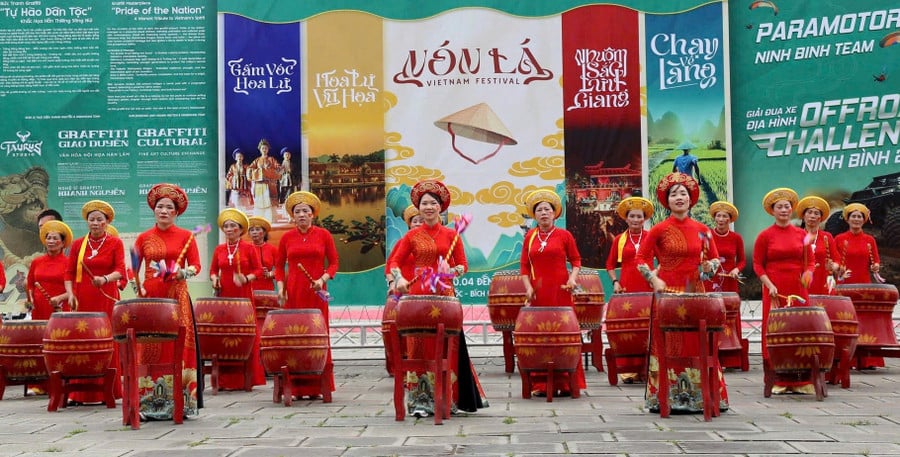

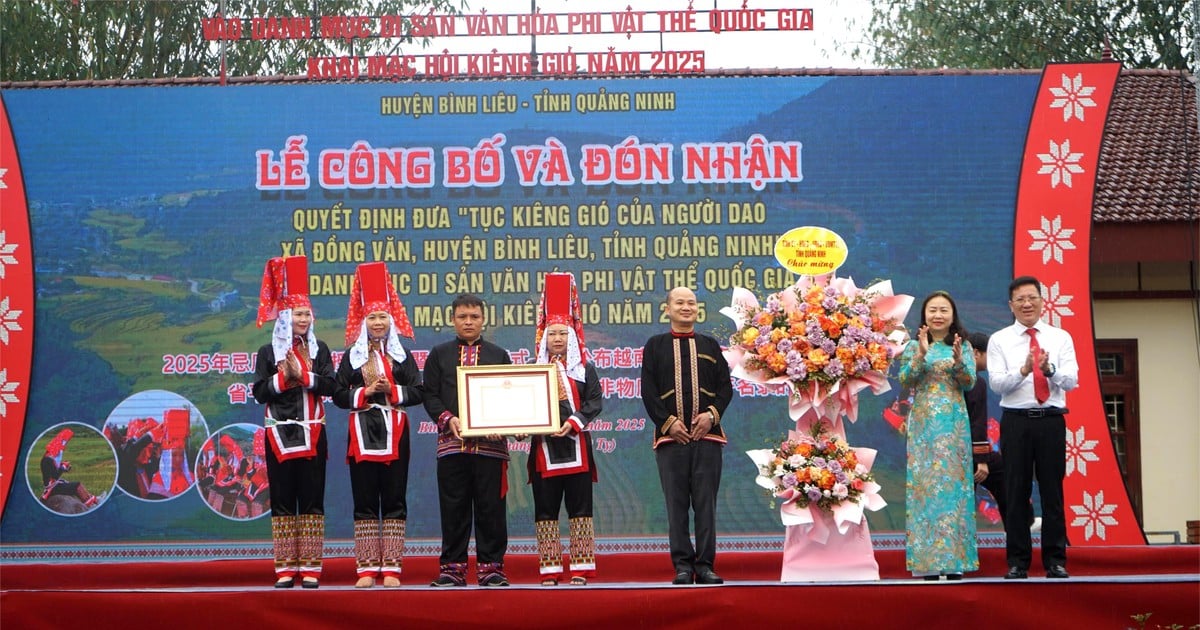




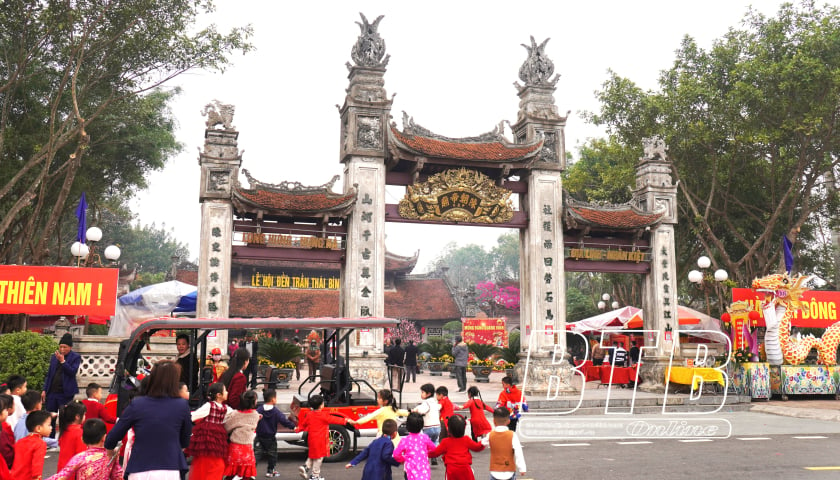






















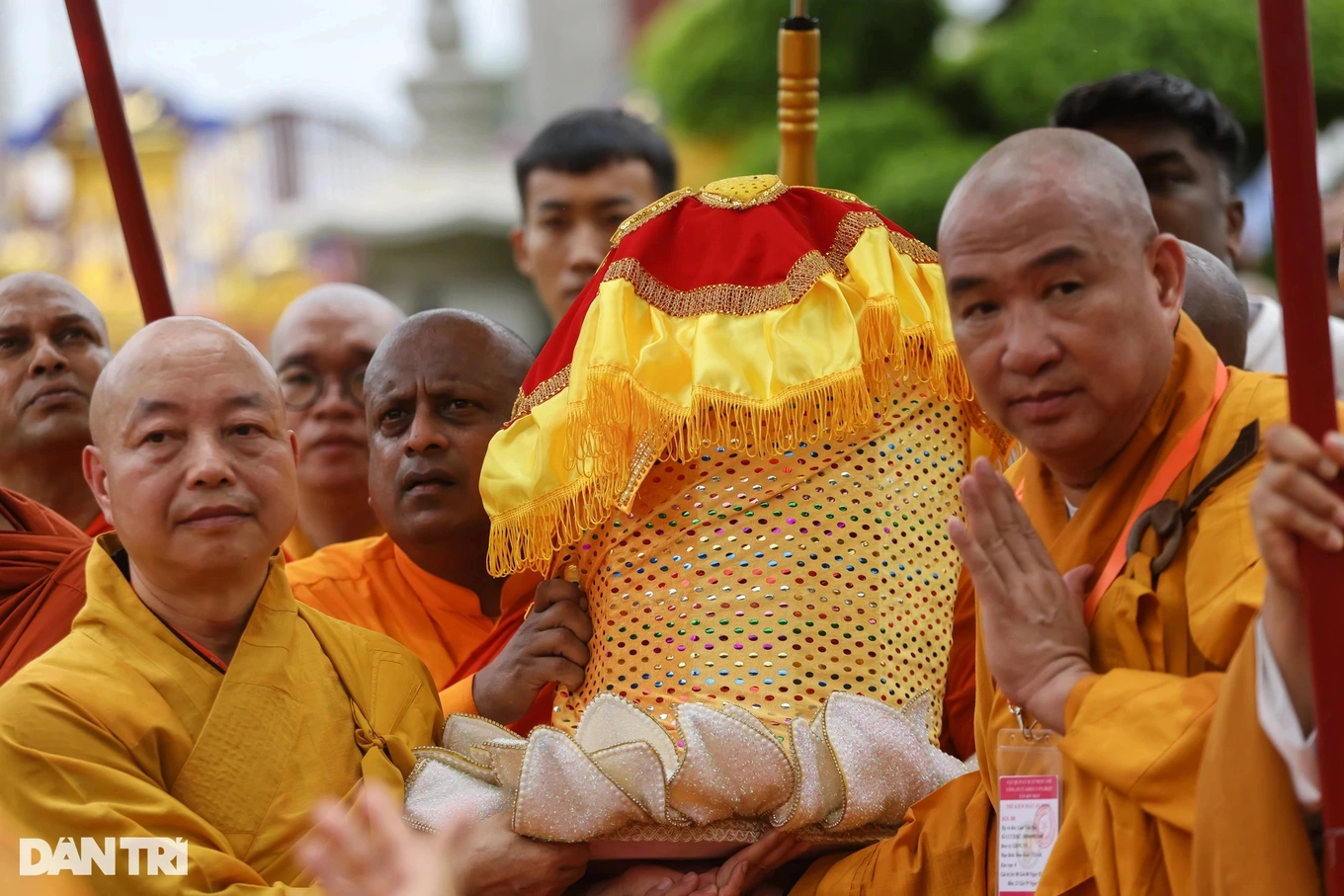




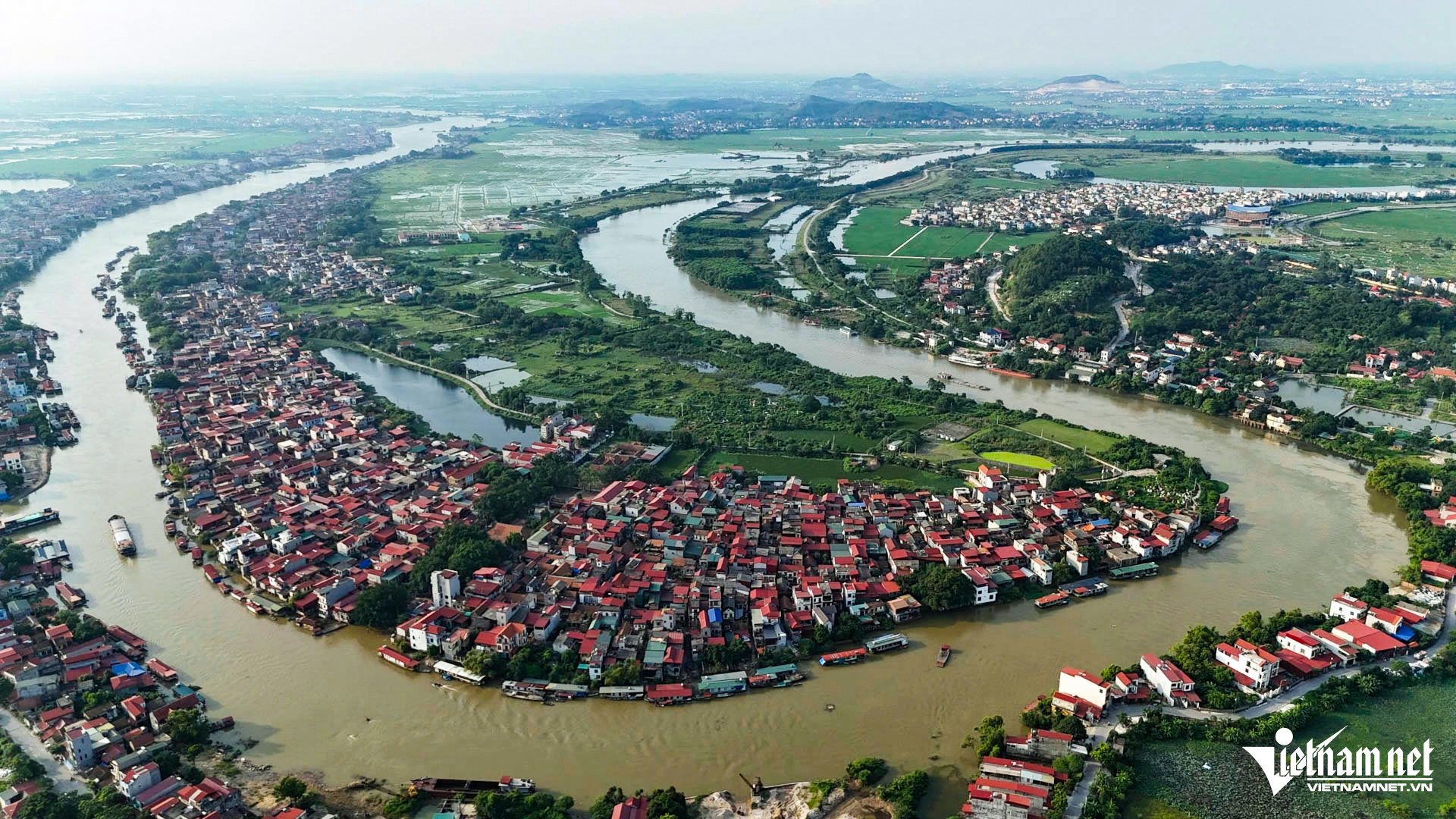










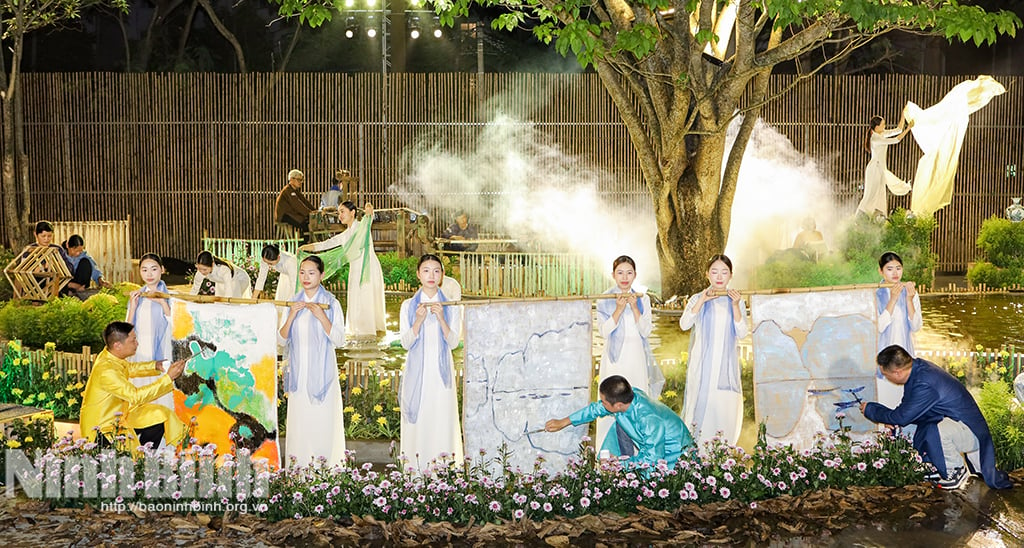




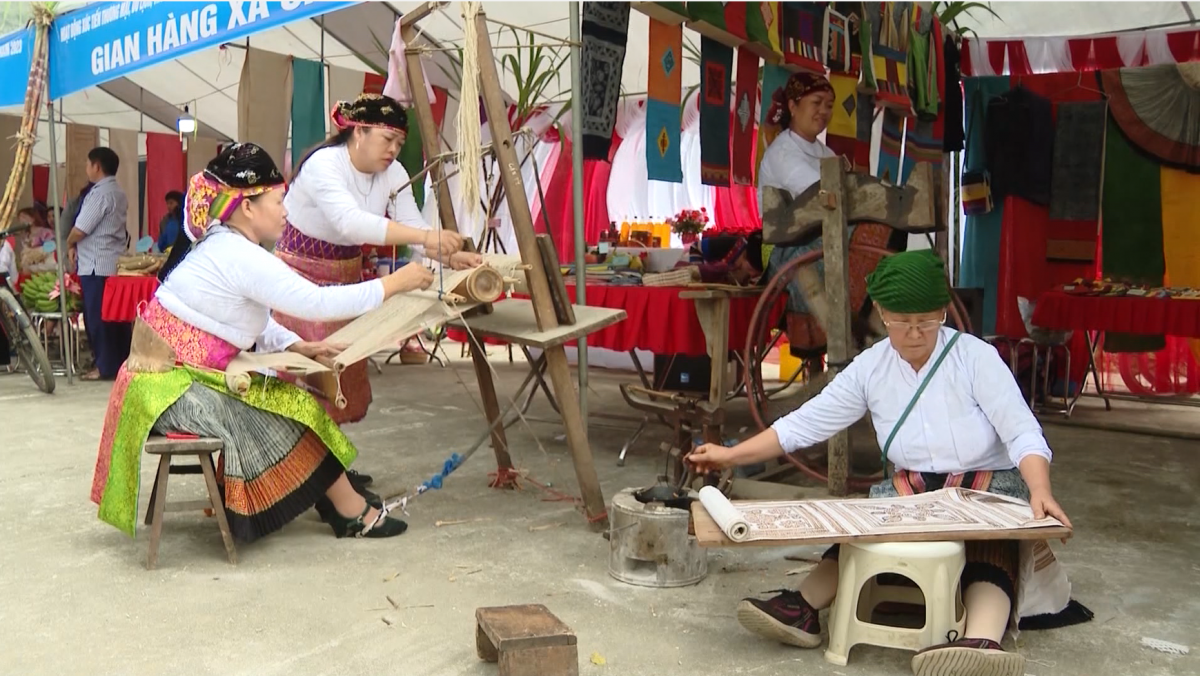


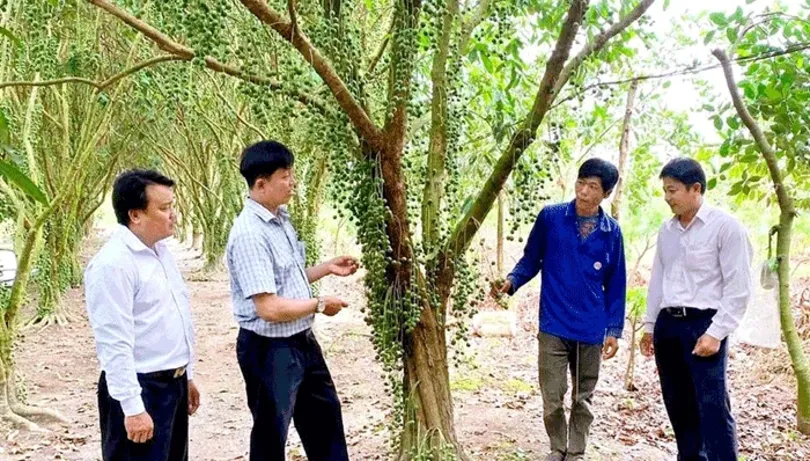







Comment (0)